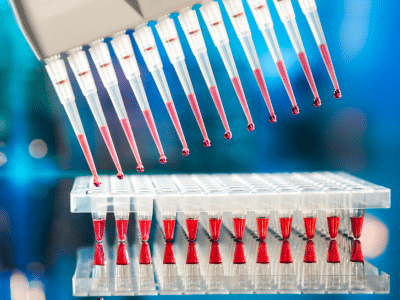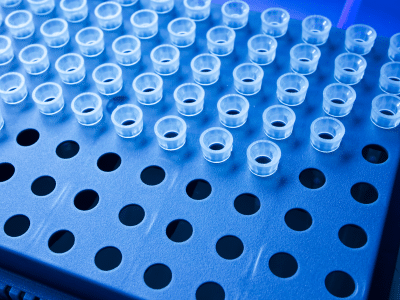Wednesday 22 March 2023 is World Water Day. Water sampling and analysis guarantee the quality of water.
Your distributor and manufacturer LABELIANS will help you define your water sampling and analysis needs.
Water, the importance of water
World Water Day
A day is dedicated to water every year on 22 March and has been since 1993. It is a United Nations international day that highlights freshwater and its importance.
2.2 billion people live without access to safe water.
This justifies the focus on this day, which aims to support the achievement of Sustainable Development Goal (SDG) 6: “Clean water and sanitation for all by 2030”.
Clean water is at the heart of many global issues: health, hunger, gender equality, access to employment, education, industry, disasters, peace and many others.
The aim is to ensure access to water and sustainable water resources management for all.
Water, the blue gold in a few figures :
- 80% of wastewater is discharged into the environment without being cleaned up
- 8 billion people use a water source contaminated with faecal matter
- 1 in 4 people will face frequent water shortages by 2050 if nothing improves
The need to analyse aqueous environments
Water testing is necessary to assess water quality. It is the only way to detect the presence of bacteria in water.
Analyses are carried out regularly in order to limit the spread of diseases that can affect humans, animals and plants alike.
Sampling for water analysis
Data sites on water abstraction from the environment



The different types of water and where they are taken from
- Water for human consumption: tap, bottles
- Mineral water: river, mountain, thermal
- Recreational water: swimming pools, sea, lake
Good practices
Water sampling must be carried out under hygienic conditions to avoid compromising the analysis due to possible contamination by the operator or the equipment.
First and foremost:
The person taking the sample must be appropriately and clean dressed. (overshoes, gloves, blouse)
Make sure you are not in an area at risk of collapse, quicksand, air pollution
1. Surface sampling (tap)
- Handle vials without touching or coming into contact with any substance or object inside the vial, stopper or thread
- Open the sterile bottle (SAL 10-3 or SAL 10-6) and place it immediately under the water jet
- Fill the vial to a maximum of 1/9 of the total volume of the vial
- Quickly recap
- If necessary, wipe the vial clean
- Label the vial and/or complete the sampling form
2. Sampling by immersion (river, lake, etc.)
- Use a telescopic rod, a sterile bottle (SAL 10-3 or SAL 10-6)
- Disinfect the rod with a disinfectant
- Attach the bottle to the telescopic poleImmerse the bottle in water using the telescopic pole
- Transfer the container if necessary
- Quickly recap the bottle
- Wipe the bottle if necessary
- Label the bottle and/or complete the sampling form
Also, please remember to :
- Do not immerse vials containing reagents
- Use each product for its intended purpose
- Use each product for its dedicated use; – Have a sample collection sheet to ensure traceability
To find out more about bathing water analysis, click here!
How to choose the right equipment for water sampling?
Care must be taken in the selection and maintenance of water sampling equipment.
It is necessary to :
- Select dedicated water sampling equipment
- Use the appropriate type of bottle (example : a range of HDPE bottles with sodium thiosulphate, SAL 10-3 or SAL 10-6, with a wide neck to facilitate sampling)*.
- Respect the laboratory instructions in accordance with the type of analysis to be carried out in the choice of equipment
- Use a telescopic rod when sampling water from a distance on a bank, a bridge, etc.
- Make sure to use products with expiry dates that have not passed
- Clean and disinfect reusable products between each sampling
*We advise you to use a vial with thiosulphate (SAL 10-3 or SAL 10-6 for bacteriological sampling and to use a vial without thiosulphate (SAL 10-3 or SAL 10-6 or non-sterile) for physicochemical sampling.
Please contact LABELIANS to advise you in your choice.




